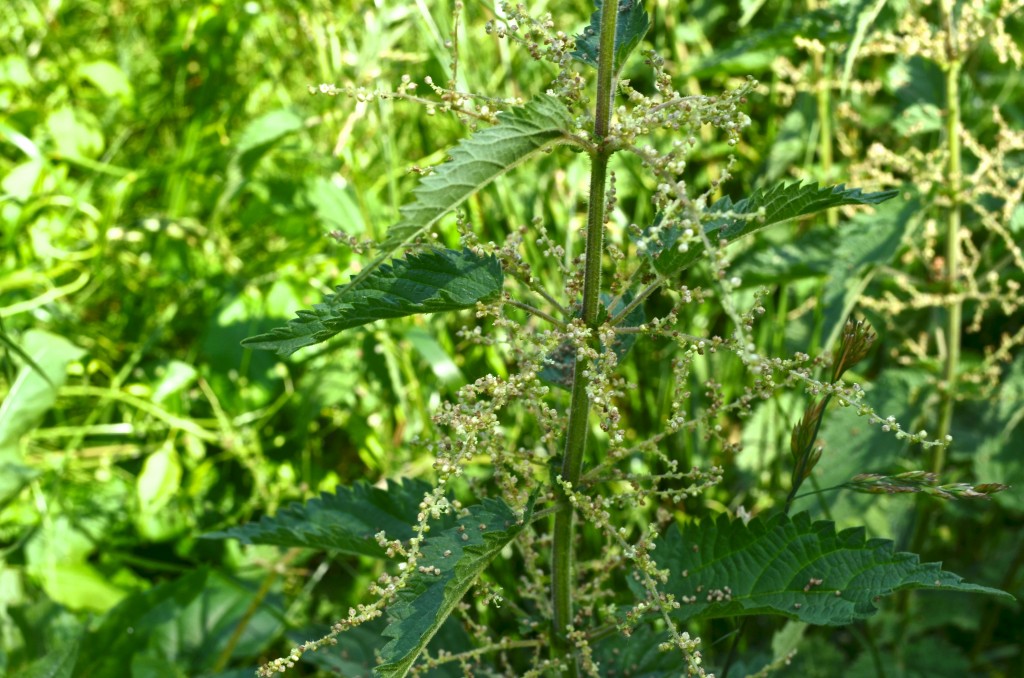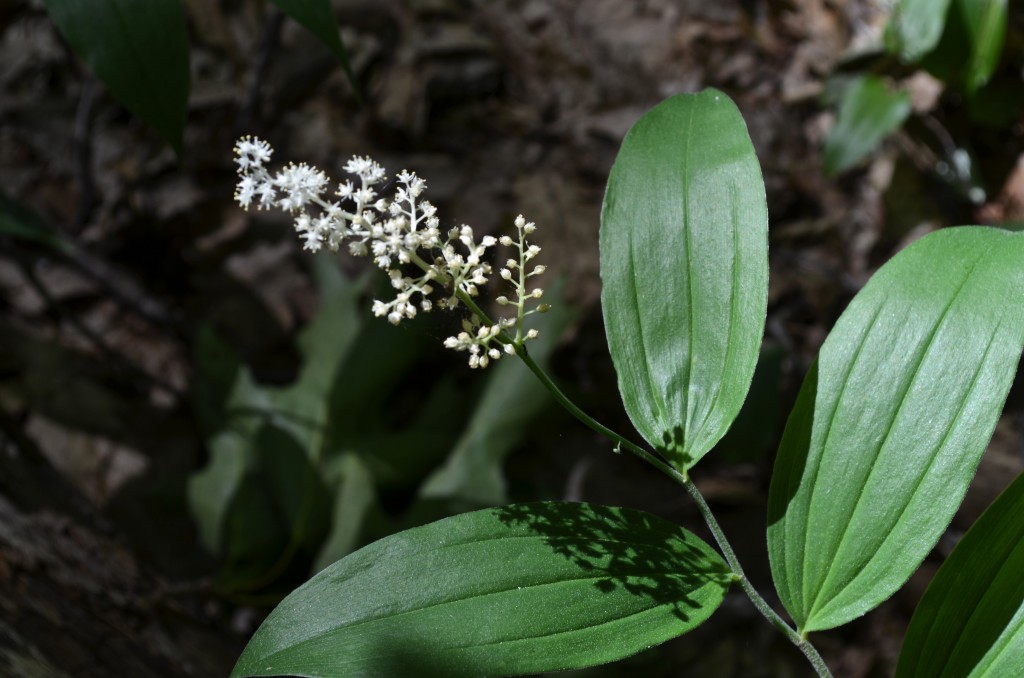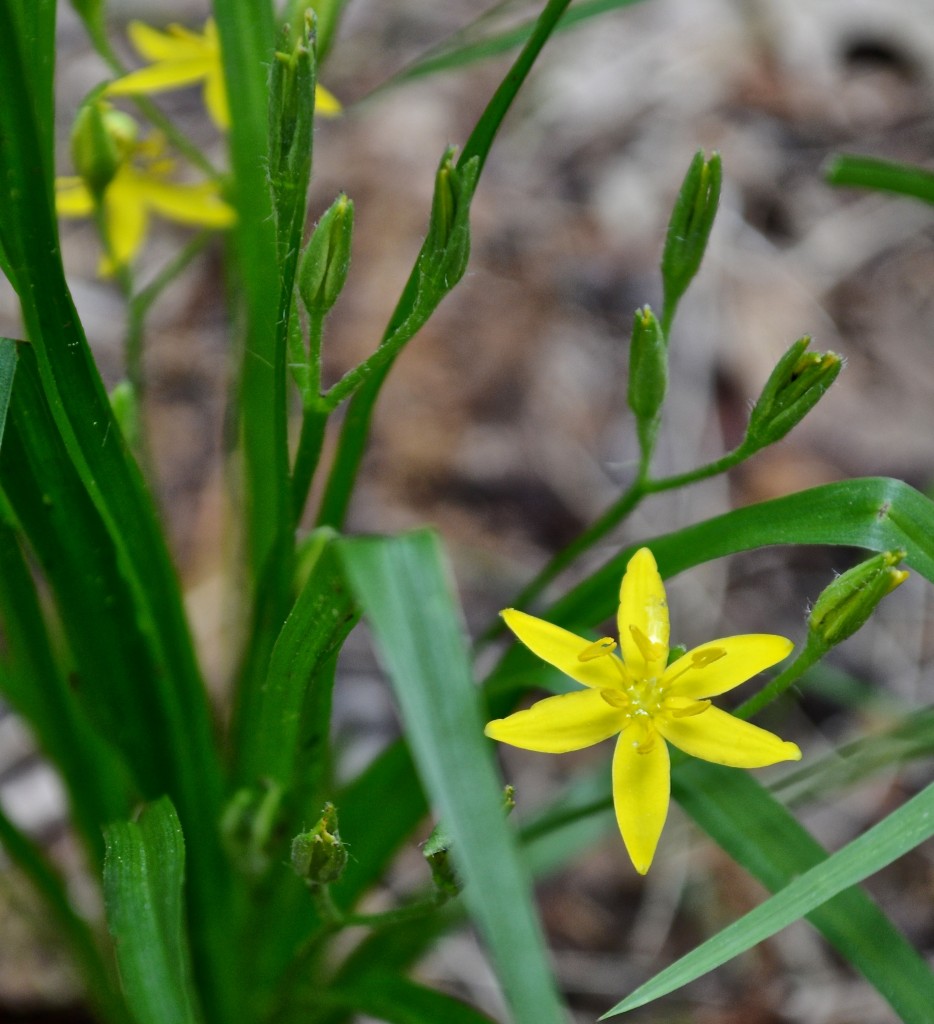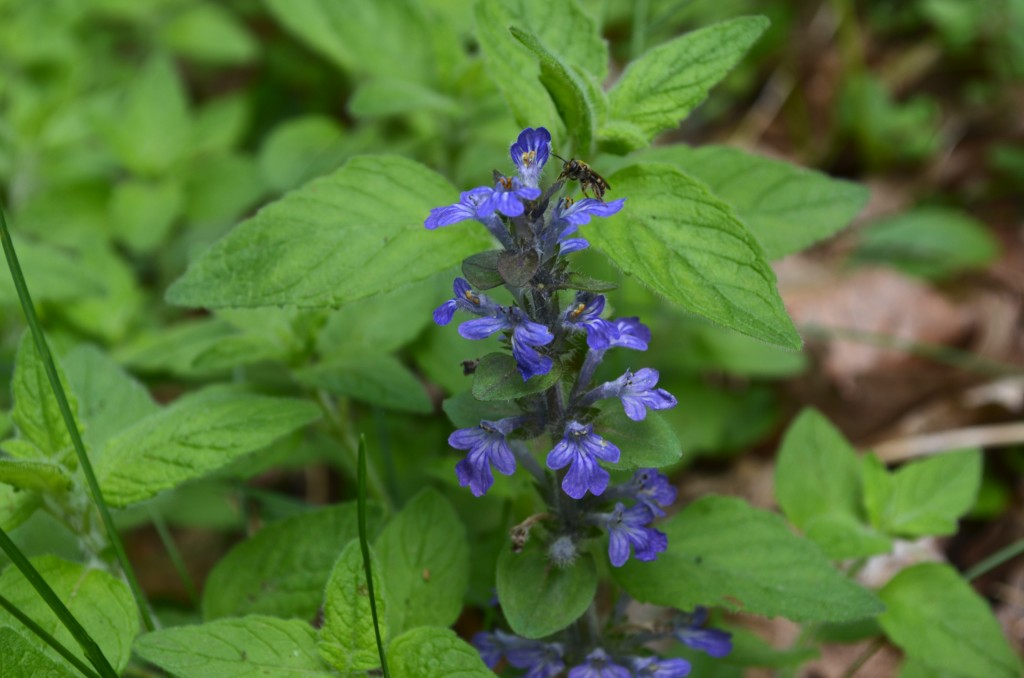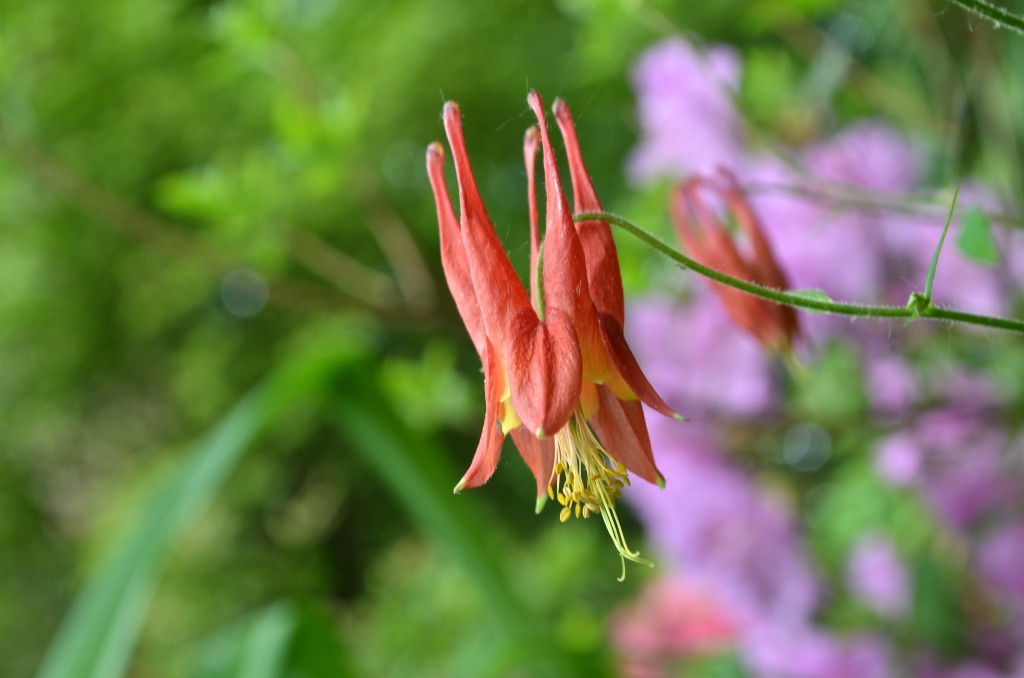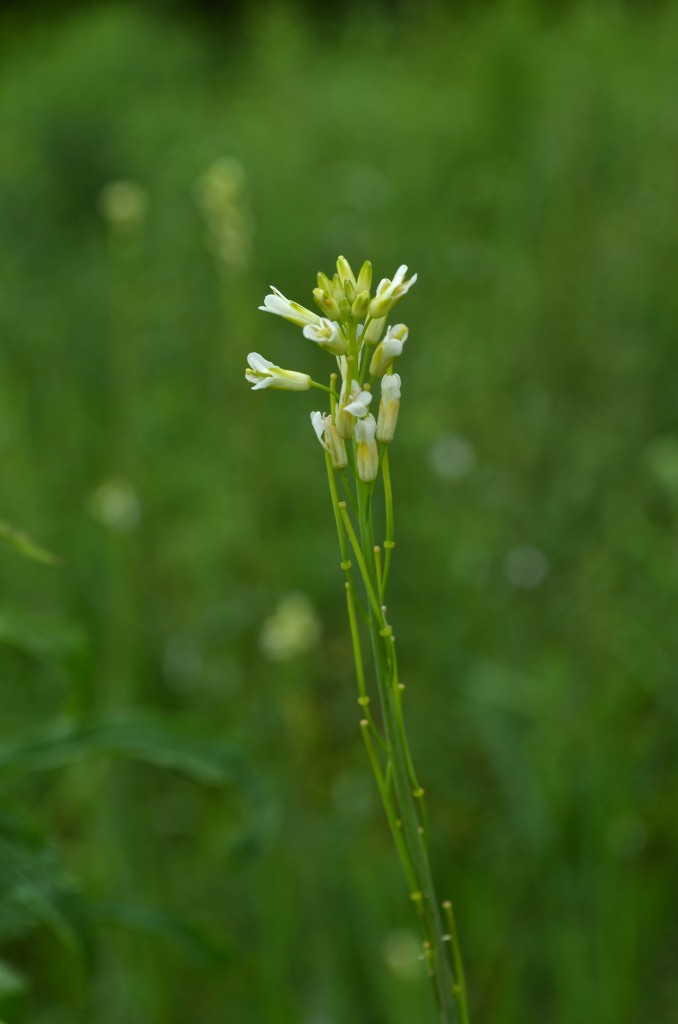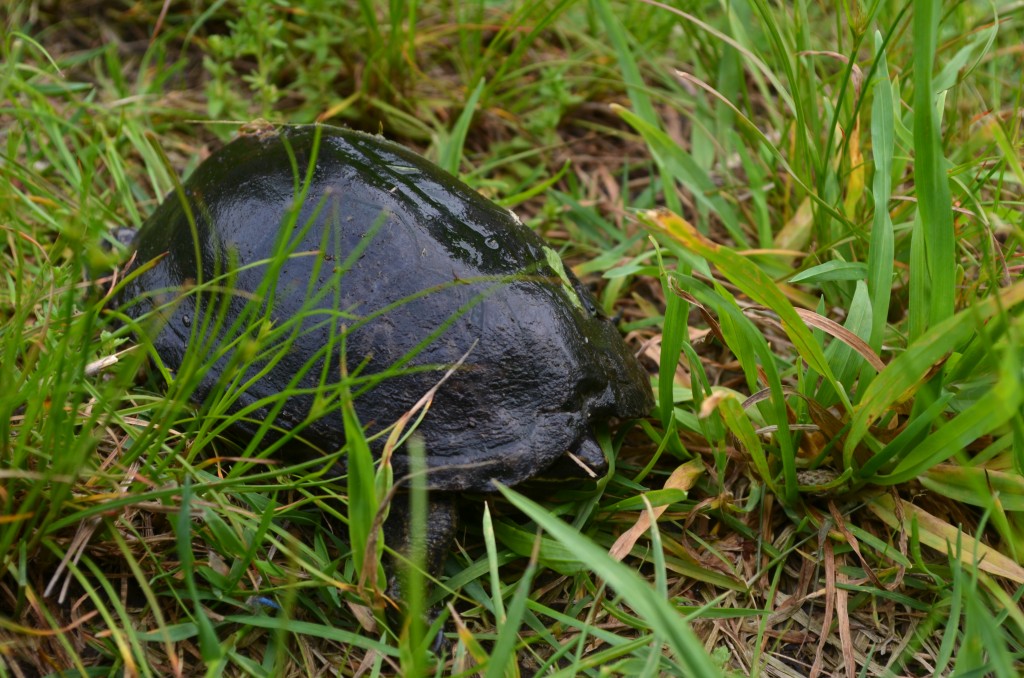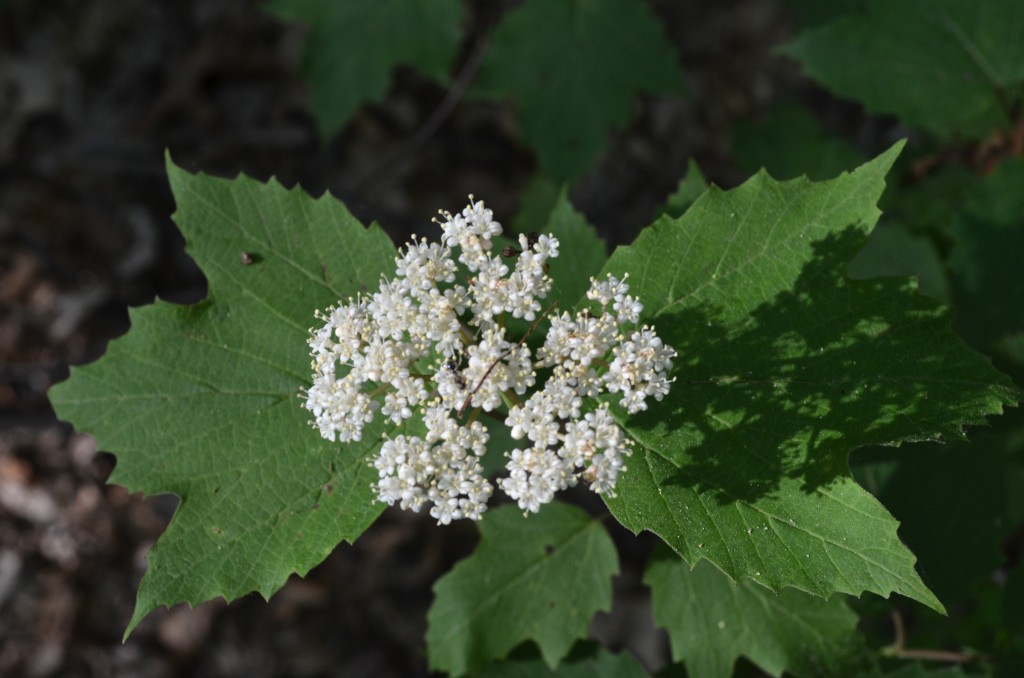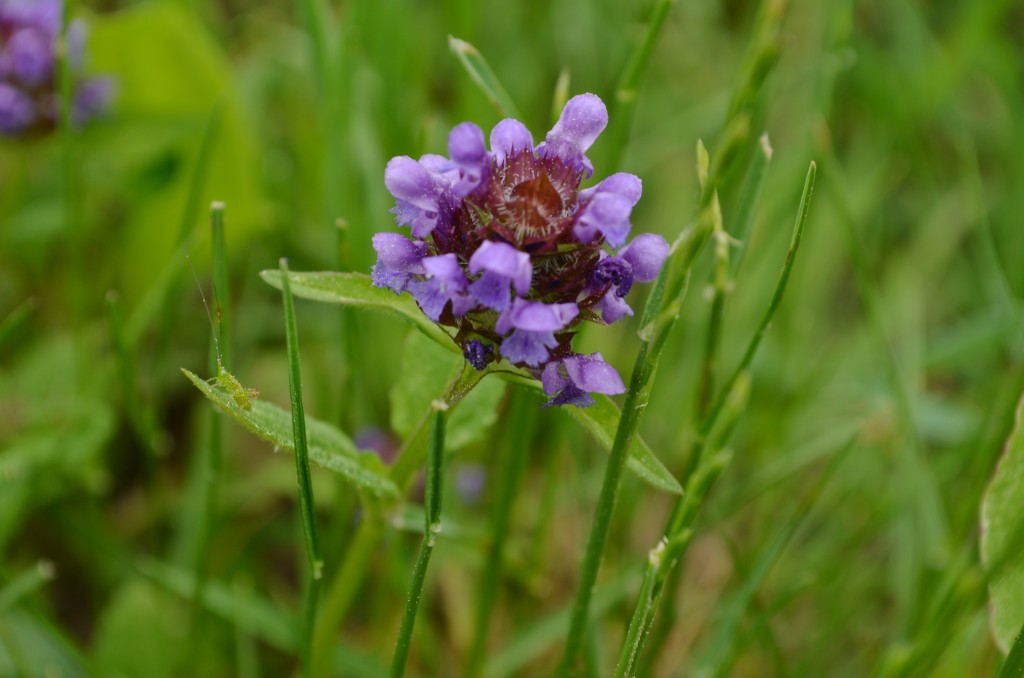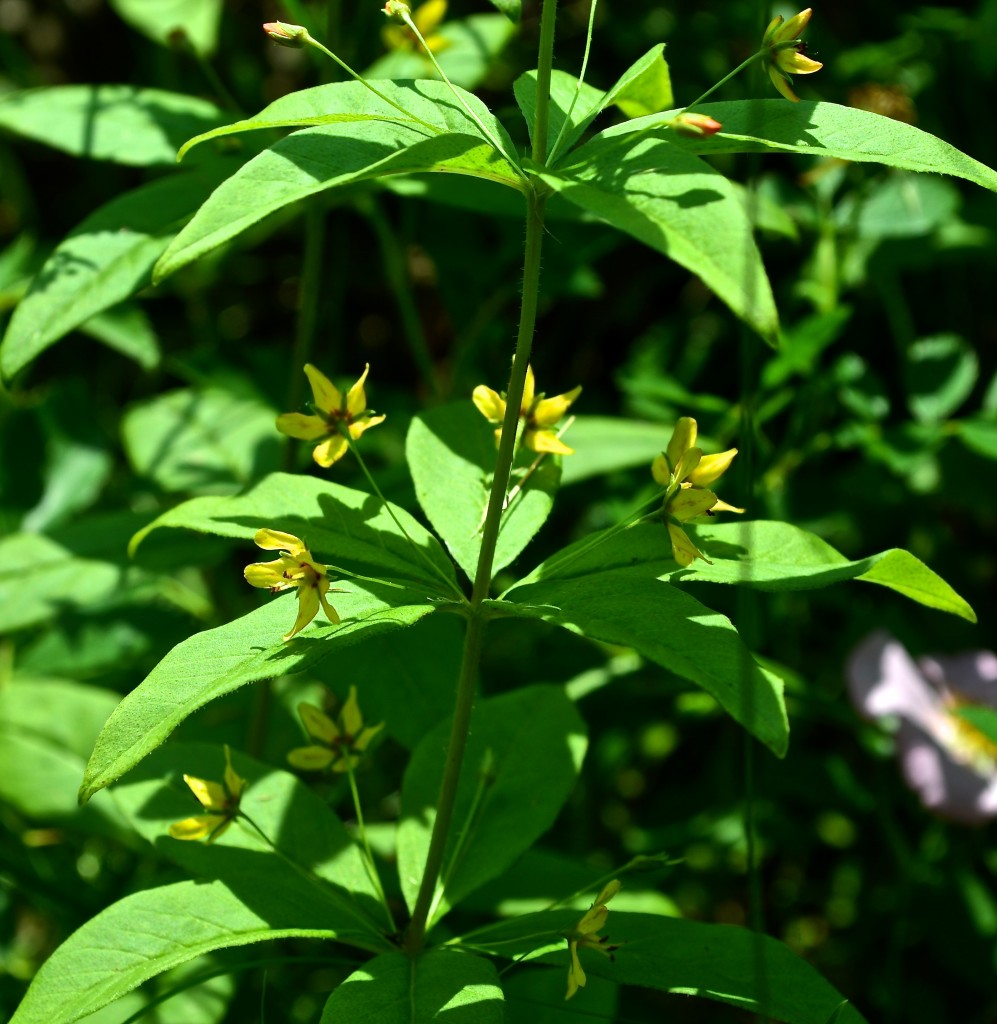 Okay, when you’re identifying wildflowers, one clue is the positioning of the leaves: are they opposite each other as they climb the stem? Do they alternate? Or do the leaves encircle (whorl) the stem? It’s easy to see the whorled leaves on this plant, and the distinctive way the flowers radiate from the axils. Can be about three feet tall. Native. Primrose family.
Okay, when you’re identifying wildflowers, one clue is the positioning of the leaves: are they opposite each other as they climb the stem? Do they alternate? Or do the leaves encircle (whorl) the stem? It’s easy to see the whorled leaves on this plant, and the distinctive way the flowers radiate from the axils. Can be about three feet tall. Native. Primrose family.
Whorled Loosestrife (Lysimachia quadrifolia)

